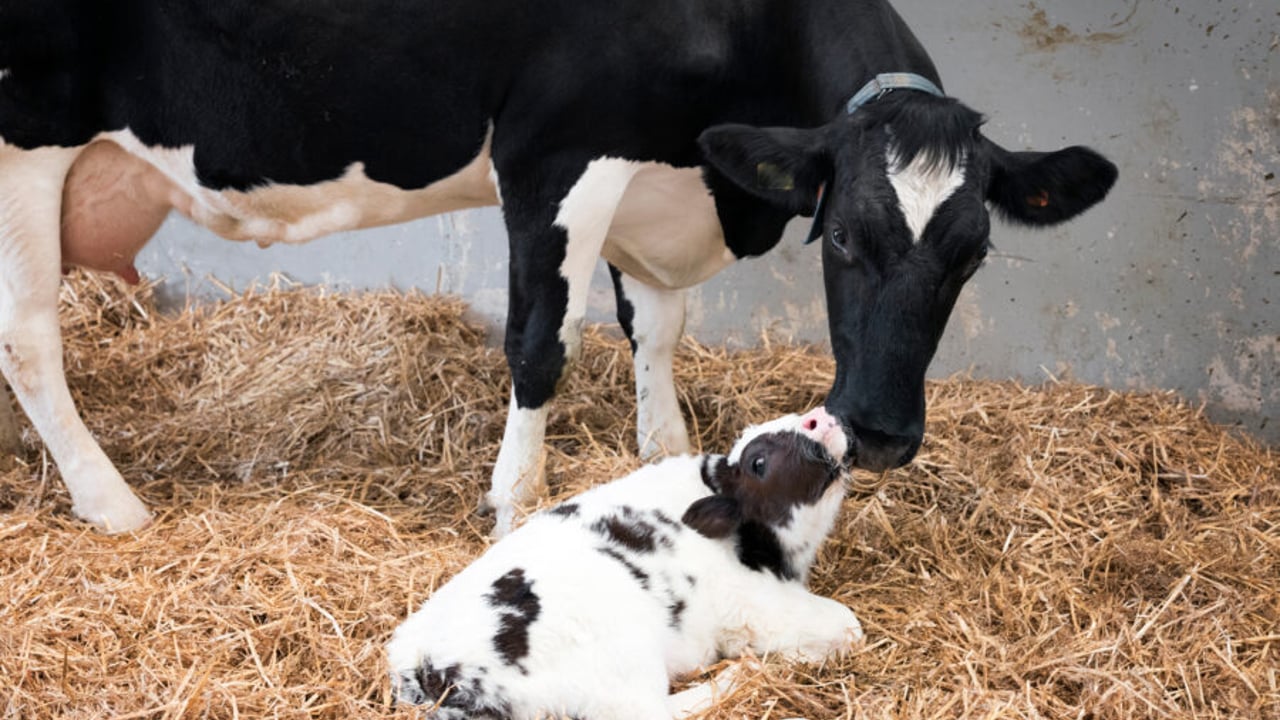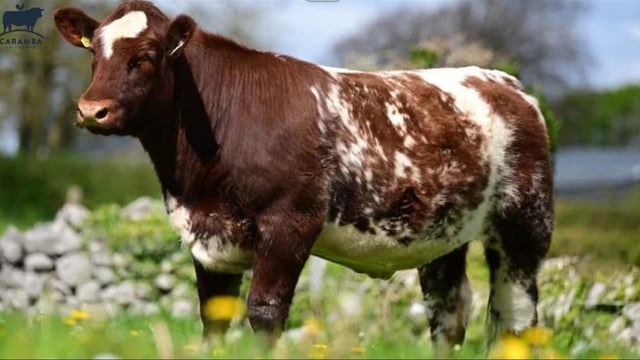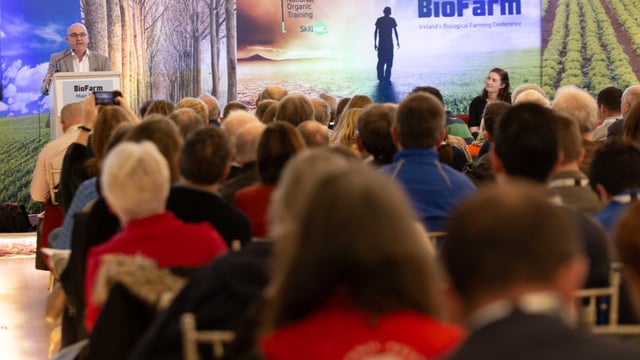What are the advantages and disadvantages of cow-calf contact?
A recent study carried out by Teagasc saw two different cow-calf contact (CCC) systems compared to the more conventional calf rearing system in Ireland.
On the vast majority of Irish dairy farms, cows and calves are separated very soon after birth, with very limited cow-calf contact.
This allows for cows to be managed with the rest of the milking herd and calves to be artificially reared by the farmer, ensuring proper colostrum intake and reduced risk of disease exposure.
It has always been thought that early separation was better for the welfare of both the dam and calf, as it prevented the formation of the maternal bond between them.
However, in recent years, the dairy sector has experienced a lot of scrutiny around the topic of calf rearing by researchers, consumers and activists.
Cow-calf contact systems allow for the calf to remain with their mother post-calving and is regarded as a more favoured management approach by society.
Researching cow-calf contact
The research that was carried out by Alison Sinnott, Sarah McPherson, and Emer Kennedy explored how a CCC system would work in an Irish pasture-based dairy production system.
In their experiment, they compared three systems:
- Full-time contact calves stayed with their mother until weaned at eight weeks. The pair moved outdoors to grass after five days post-birth and were temporarily separated for milking twice-a-day;
- Part-time contact - calves stayed with their mother until weaned at eight weeks. These calves were housed indoors in a straw bedded house with an adjacent cubicle pen for cow housing with creep gates being used. Cows were milked once-a-day (8:00a.m) and grazed post-milking every day and returned indoors at 3:00p.m to remain with the calf until morning milking;
- Conventional (no-contact) - cows removed from mother instantly after birth and were artificially reared indoors with automatic feeders. They were weaned at eight weeks and the cow was milked twice-a-day and immediately went out to pasture.
Upon their evaluation of the CCC systems, cow and calf health, calf weight gain, and cow milk yield were all the measurements that were taken into account.
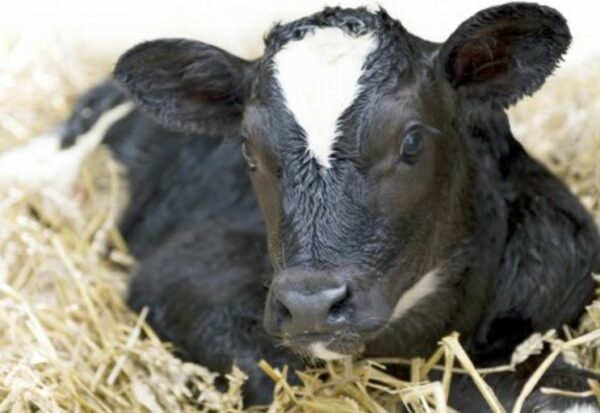
The result on the calves
Labour was increased with the full-time CCC and it was assessed that major investment would have to take place in order to facilitate the additional housing and the general infrastructure.
However, there was still a cost-saving element to it as there wouldn't have to be an investment into automatic milk feeders and milk replacer with CCC systems.
Calf growth was an obvious advantage of the CCC system as both full-time and part-time calves pre and post-weaning weighed more than calves reared with the conventional system.
However, illness resulted in 26% of the full-time calves being removed from the experiment and no claves were removed from the other experiments.
The data obtained from this study indicates that full-time CCC poses a threat to cow and calf welfare as one quarter of calves in this system could be vulnerable to life-threatening health issues.
Part-time calves faced difficulties during weaning and post-weaning which was due to three stressors, as follows:
- Environmental from going indoors to outdoors;
- Social from separation from mother;
- Dietary changes from going from milk and concentrates to grass and concentrates.
These stressors had long-lasting effects and was visible through the stunted weight gain post-weaning.
Full-time calves experienced similar stressors but weren't long-term affects and can be attributed to their exposure to grass pre-weaning.
The result on the cow
The experiment indicated that there was a clear reduction in milk production in both of the CCC systems during the the CCC period of eight weeks compared to the conventional system.
That result was expected as the cow was minding the calf in that period, however, milk yield did not recover after weaning separation for the CCC cows which lead to lower milk production and solids.
Part-time cows had a further reduction in milk during the CCC period compared to the full-time cows as they were only milked once-a-day.
A positive was that there was no affect on cow health for both the CCC systems and the udder remained in good order.
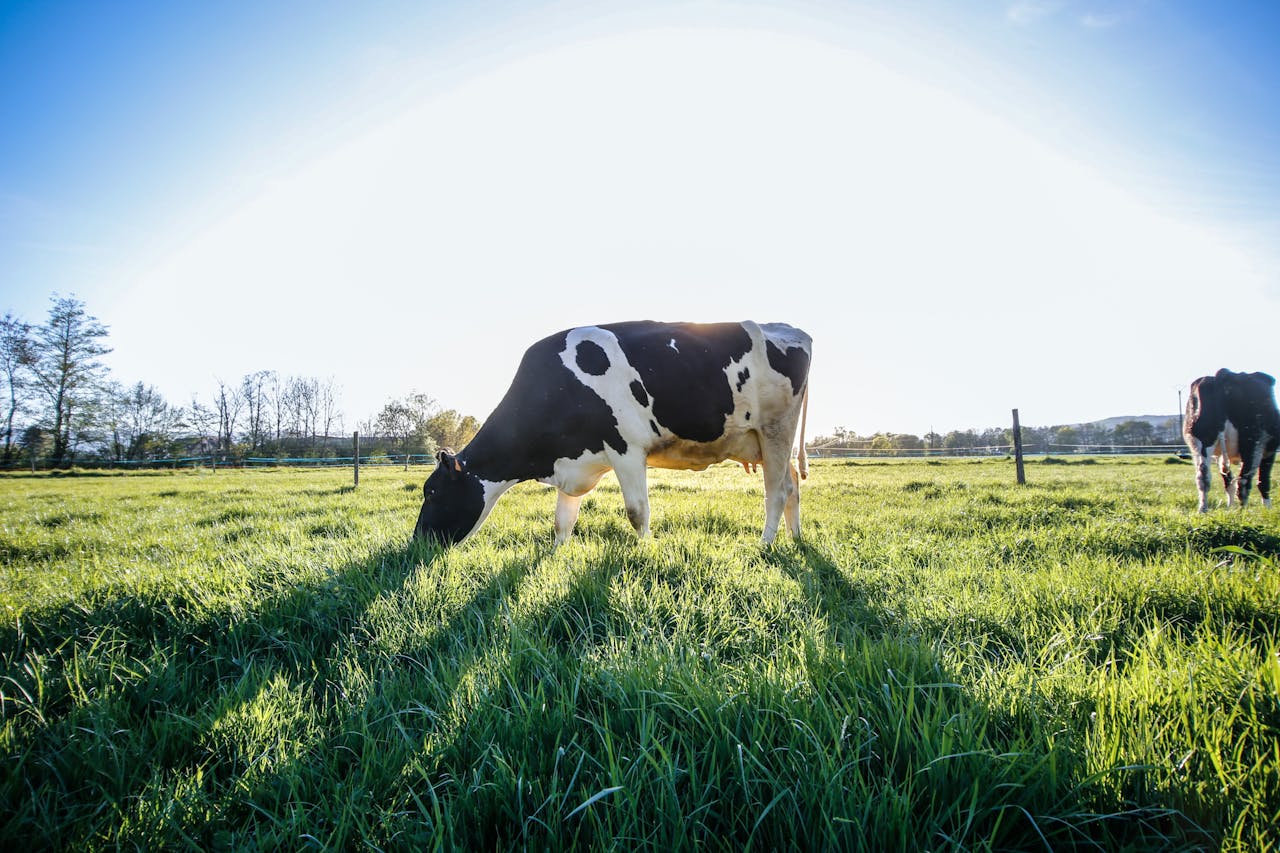
Is CCC a good option?
There are clear advantages and disadvantages of CCC systems, but is it something for Irish dairying to adopt?
Cow-calf contact increased pre-weaning calf growth and reduced the labour at calving.
The full-time CCC with the cow out at pasture for the duration of calf rearing saw it challenge calf health and daily labour on the farm.
The part-time system affected the calf's behaviour and had a negative impact on the calf's growth post-weaning.
A real positive coming from this study was that the cows in the cow-calf contact systems had contact with their calves, without an increase in SCC or mastitis incidences.
Although it had no affect on the hygienic quality of the milk, cows in the CCC systems had lower production during the CCC period which also led to lower cumulative 35-week lactation yields.

